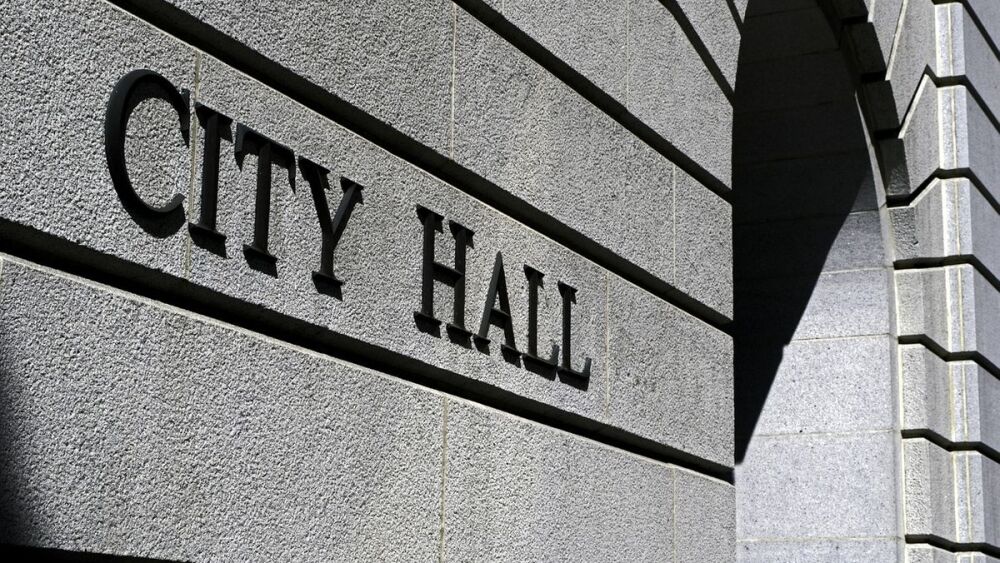Smart Growth America
Houston’s bold plan to redesign its bus system—the System Reimagining Project—is akin to a prima-ballerina dancing the final act of Swan Lake. The plan is so elegant, the results so awe-inspiring, that it’s easy to miss all the hard work that led to this moment. A comprehensive, creative, and thoughtful public input and outreach process led to broad support for this revolutionary new bus system.
Let’s start with the magic. In 2012, Houston and Harris County’s Metropolitan Transit Authority, or METRO, recognized its bus system needed an update. No one had taken a hard look at the system in three decades, even though Houston had grown into a more polycentric city and METRO had built the first of several planned light rail lanes. Instead of making minor adjustments, METRO’s board, with the nudging of board member Christof Spieler, an urban planner and transit advocate, decided to see what the system could look like if it were designed from scratch. The new plan, an almost complete remodel of Houston’s current bus system, was approved by METRO’s board just three years later, in February of 2015.
The results are nothing short of spectacular. When the new system debuts in August 2015, 73 percent of bus riders will have access to high-frequency service—a 217 percent increase from METRO’s current system. The high-frequency routes will have 15 minute headways. An additional 19 percent of riders will be on routes with headways of 30 minutes or less. Almost 60 percent of bus trips to 30 key destinations will be 10 minutes or faster. METRO will accomplish this more frequent, speedier service primarily by shifting to a grid system that allows for more direct routing than the current hub-and-spoke network though downtown. Some of the speed improvements are the result of reducing the number of street-level rail crossings encountered on a bus route, almost eliminating route branching, and moving away from long, delay-prone routes.
Read full coverage here.


